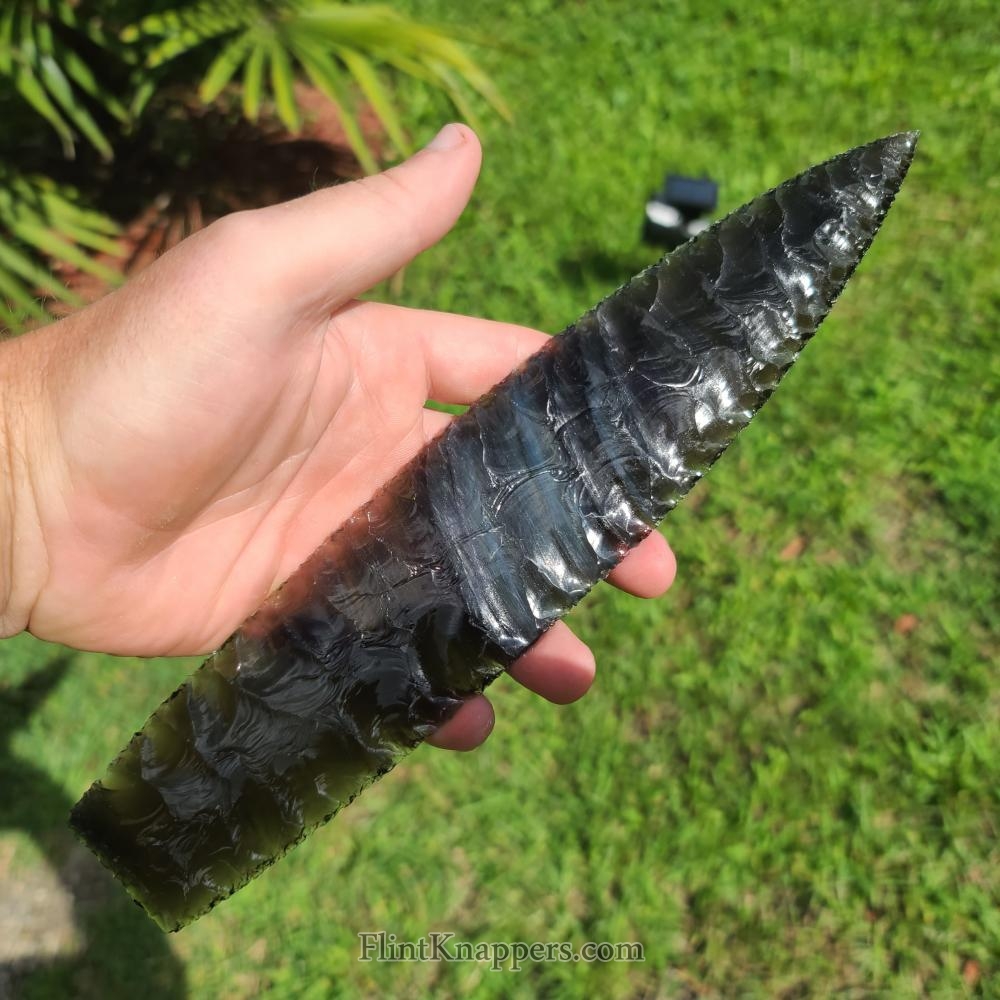

The researchers will present their work at this year’s Conference on Lasers and Electro Optics (CLEO: 2012) in San Jose, Calif., taking place May 6-11. The device, which was engineered with off-the-shelf parts, includes a laser capable of generating pulses of light a mere 200 quadrillionths of a second in duration. These bursts are powerful, but are so fleeting that they spare surrounding tissue. The laser is coupled with a mini-microscope that provides the precise control necessary for highly delicate surgery. Using an imaging technique known as “two-photon fluorescence,” this specialized microscope relies on infrared light that penetrates up to one millimeter into living tissue, which allows surgeons to target individual cells or even smaller parts such as cell nuclei. The entire endoscope probe package, which is thinner than a pencil and less than an inch long (9.6 millimeters in circumference and 23 millimeters long), can fit into large endoscopes, such as those used for colonoscopies. The packaged endoscope overlaid with the optical system. The circumference is 9.6 millimeters and the length is 23 millimeters. Images courtesy Ben-Yakar Group, University of Texas at Austin. “The probe has proven that it’s functional and feasible and can be commercially.” “All the optics we tested can go into a real endoscope,” says Adela Ben-Yakar of the University of Texas at Austin, the project’s principal investigator. The new system is five times smaller than the team’s first prototype and boosts the imaging resolution by 20 percent, says Ben-Yakar. The optics consist of three parts: commercial lenses a specialized fiber to deliver the ultrashort laser pulses from the laser to the microscope and a 750-micrometer MEMS (micro-electro-mechanical system) scanning mirror. To hold the optical components in alignment, the team designed a miniaturized case fabricated using 3-D printing, in which solid objects are created from a digital file by laying down successive layers of material. Tabletop femtosecond lasers are already in use for eye surgery, but Ben-Yakar sees many more applications inside the body. These include repairing the vocal cords or removing small tumors in the spinal cord or other tissues. Ben-Yakar’s group is currently collaborating on two projects: treating scarred vocal folds with a probe tailored for the larynx, and nanosurgery on brain neurons and synapses and cellular structures such as organelles. “We are developing the next-generation clinical tools for microsurgery,” says Ben-Yakar. An image taken with the probe’s two-photon fluorescence microscope shows cells in a 70-micrometer thick piece of vocal cord from a pig. Image courtesy Ben-Yakar Group, University of Texas at Austin.


 0 kommentar(er)
0 kommentar(er)
